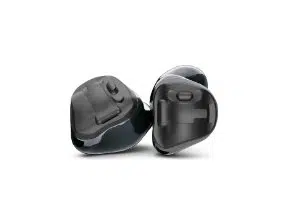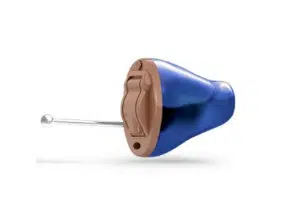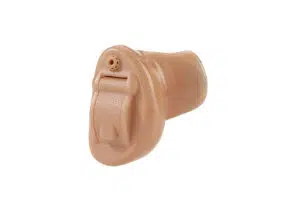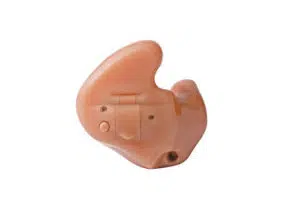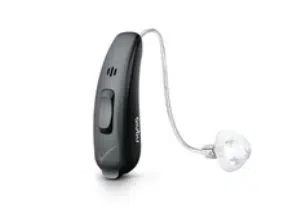How will I know if I require hearing aids?
Many people with hearing loss first notice they are asking their friends and family to repeat more frequently, or they feel everyone around them is mumbling. Getting a hearing test is the first step to finding out what’s happening with your hearing.
Our Sydney Hearing Clinic specialist audiologist will be able to advise if you need hearing aids after conducting a thorough hearing test. This hearing test takes approximately 1 hour and comprehensively tests the intricate workings and health of your outer, middle, and inner ear.
If your tests show that you do have hearing loss, the audiologist will discuss with you in detail all the different types of hearing aids available and which one will best suit your hearing needs.
Hearing health is a lifelong journey, our Sydney Hearing Clinic audiologist will support all the way from choosing a hearing aid, fitting and trialing, regular hearing and hearing aid check-ups, hearing aid service
What are the different types of hearing aids available?
There are many different types and styles of hearing aids. All hearing aids fall into 2 main categories:
- In the ear devices (ITE, ITC, CIC, IIC)
- Behind the ear (BTE) aids
In the ear hearing aids are very small and sit inside the ear or inside the ear canal.
Behind the ear devices for the most part sit behind the ear with a very thin, almost invisible receiver that sits in the ear.
Today, most of these hearing aids are fitted with bluetooth and are compatible with mobile phones, allowing you to take phone calls through your hearing aids and to make adjustments to the hearing aid settings when you need. You can choose from rechargeable hearing aids or those that run on battery.
Please see the hearing aid images on this page for further information.
How do I choose the most appropriate hearing aid for my needs?
There are many factors that need to be taken into consideration for both you and our audiologist when choosing the best hearing aid to suit you and your individual needs, these include:
Your Level Of Hearing Loss:
Your level and type of hearing loss will be the most important factor in determining the style of hearing aid that’s best for you.
Your Current Health
You will discuss with our audiologist your current health and ability to manage and handle (dexterity) a hearing aid. This needs to be considered when choosing a hearing aid that best suits you. Hearing aids can be fiddly, the batteries are quite small and can be tricky to handle. Rechargeable aids require less maintenance and are easier to insert or wear.
Your Lifestyle
Your lifestyle plays an important role in selecting the right device that works well with your day-to-day living. You and the audiologist will discuss your current lifestyle; whether you are retired, working or studying. Are you socially active or do you live a quieter life. Do you regularly go to cafes, restaurants, parties, attend clubs or presentations, conferences or lecture halls - all of these factors, as well as your level of physical activity also need to be taken into consideration.
Your Budget
It’s important we support you in choosing a hearing aid that not only meets your hearing needs but your budget too. As we are an independent hearing clinic, we have access to many different brands, styles, and levels of hearing aids - together we will find the best device that suits all your needs - including budget.
Is hearing aid funding available?
For blue pension card holders only. It is a Government funded program that funds basic hearing aids and audiology services. The Government requires the card holder to pay $48.90 (2023 price) per year which covers audiology services for a 12 month period. The blue pension card holder would need to pay a gap should they choose a different level of hearing aid to the Government-funded device
Do I need a GP referral for a hearing assessment?
For blue pension card holders, this service is free of charge.
Otherwise to receive a Medicare rebate for the consultation you must have a GP or ENT referral.

